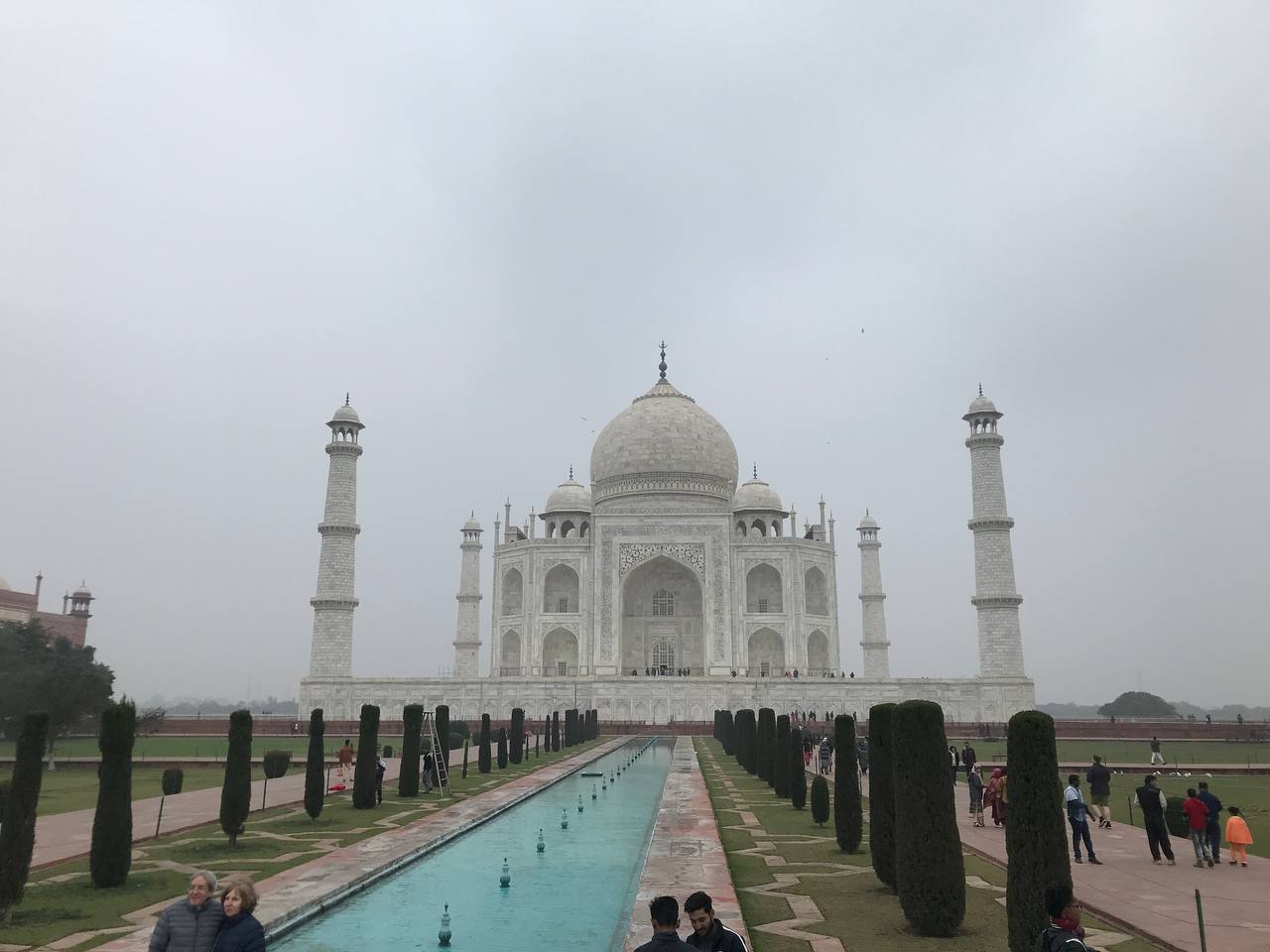Indholdsfortegnelse
The Great Ocean Road is a 243-kilometer stretch of road between the cities of Torquay and Warrnambool. The Great Ocean Road winds through the South Australian landscape, passing through forests, along spectacular coastlines and through quaint coastal towns. The Great Ocean Road was built by returning soldiers after World War I and is the world’s longest war memorial.
You can choose to drive the entire route, which I would recommend spending 2-3 days on, or only drive part of it. We stayed in Melbourne and chose to use the city as a base for various day trips, including the Great Ocean Road. We chose to rent a car and drove about half of the route – from Loch Ard Gorge to Lorne. There are daily day trips by bus from Melbourne, but if you have the option to rent a car and drive yourself, I would definitely recommend doing so.
A great tip if you choose to drive yourself is to start the trip on the highway by heading west and driving the route itself to the east – towards Melbourne. This way, you’ll arrive early at some of the most visited sights and avoid too many other tourists, as bus tours typically start by driving the route itself and take the highway home.
First stop: Loch Ard Gorge & The Razorback
We chose Loch Ard Gorge and The Razorback as the first stop on the tour. The area has some fantastic lookouts where you can see the different rock formations. It was in this area that the ship Loch Ard sank when it was smashed against Muttonbird Island back in 1878 and is Australia’s most famous shipwreck.
Great Ocean Road Australia
Second stop: Twelve Apostles
We then drove further down the coast to what is probably the most famous attraction on the entire route – “The Twelve Apostles”. There are actually only 8 of the limestone cliffs left. From the lookouts you can really take in the dramatic coastline. If budget permits, there is the option to see the rock formations from the air with a helicopter tour. Arrive as early in the day as possible if you want to avoid the worst of the tourist crowds.
Third stop: Gibson Steps
You can choose to drive there, but it’s a very small parking lot and since it’s illegal to park on the Great Ocean Road itself, your best bet is to walk from Twelve Apostles. The walk starts behind the kiosk is called the Great Ocean Walk and is 1.1 km long and takes about 15-20 minutes. From the viewing platform you can see Gog and Magog, which are the nicknames for the two 70 meter high giant limestone rock formations rising out of the sea – they are not part of the Twelve Apostles. Weather permitting, you can walk down to the beach via the 86 steps carved into the rock called the Gibson Steps. The walk down (and up) is quite strenuous and not something I would recommend doing if you have walking difficulties.
Fourth stop: Cape Otway Lightstation
One of the premier attractions on the Great Ocean Road is the Cape Otway Lightstation, Australia’s oldest lighthouse and the first glimpse of the mainland given to Australian migrants back in the 19th century.
You turn off the Great Ocean Road itself and head down a narrow and very bumpy dirt road, where meeting oncoming buses and caravans can be quite nerve-wracking as space is tight.
It costs 20 AUD to access the area, but then you also have the opportunity to climb the lighthouse, which is definitely an experience – and a little scary if you’re not so fond of heights. Opposite the lighthouse is a cozy café where you can buy your lunch or just sit and enjoy the view with a cup of coffee.
The lighthouse is open daily between 9:00 – 17:00.
Fifth stop: Kennett River Koala Walk
The area is known for being a great place to spot wild koalas. We were lucky to see one perched in a tree right at the start of the large parking lot. The best way to spot the koalas is to park your car at the start and then walk up Grey River Road while looking up into the calyptus trees, which is their favorite food. Koalas sleep between 20-22 hours a day, so don’t expect much activity on their part. You may also be lucky enough to see cockatoos and green parrots.
Big Six: Erskine Falls
Our penultimate stop on the tour was Erskine Falls, located north of the coastal town of Lorne. The 30 meter high waterfall can be enjoyed from two lookouts; the upper lookout, which is about a 5 minute walk from the parking lot, or from the lower lookout which requires a slightly strenuous walk down 240 stairs to the bottom of the falls.
Seventh stop: Lorne
Lorne was our last stop on the trip before we returned to the main roads and headed towards Melbourne. Lorne is a cozy town, with restaurants and cafes, and where you can take a stroll down the beach promenade. We had a nice meal before we drove back to Melbourne, tired and full of experiences.
There are so many exciting things to do along the Great Ocean Road, so it’s a good idea to plan which stops you want to make along the way before you set off. The trip can be done from one day to several days with overnight stays along the way.
Remember to bring plenty of water, sunscreen, good sturdy shoes and a sun hat for the trip. During the summer months, the temperature can rise to 40 degrees and even though the sea cools down, the sea reflects the sun and you can quickly get burned.





